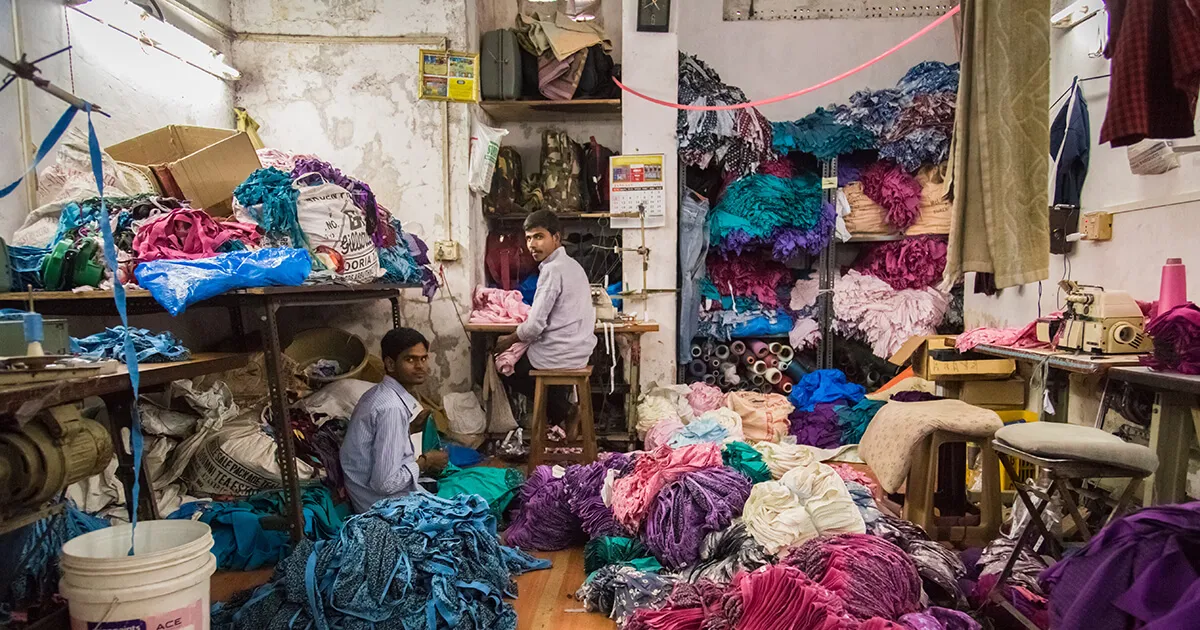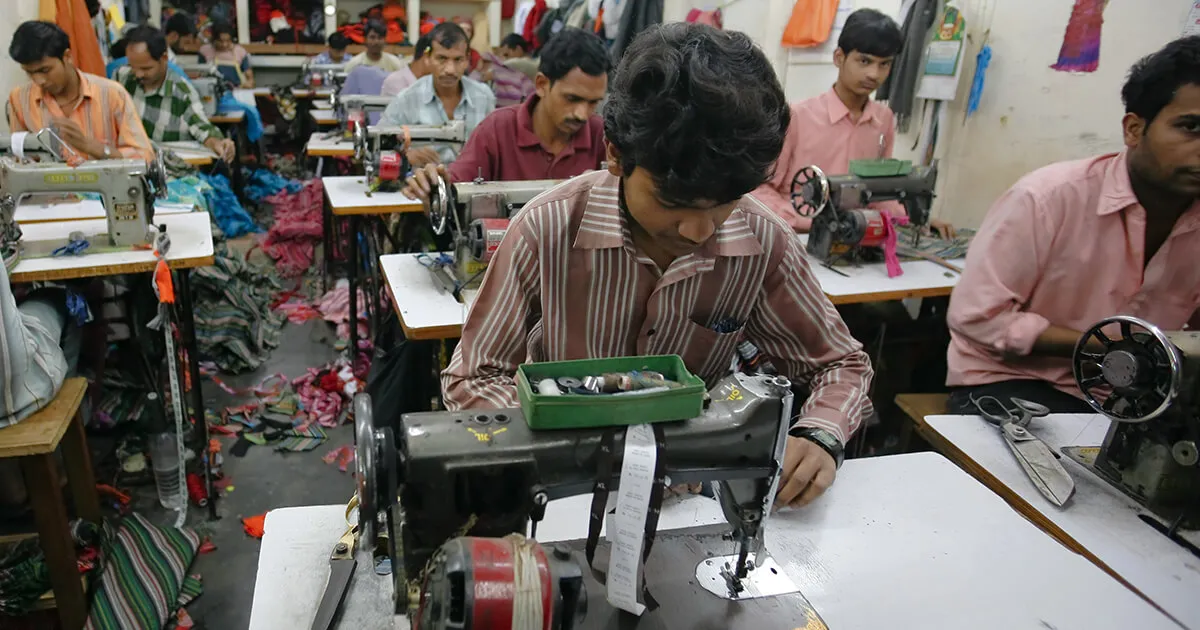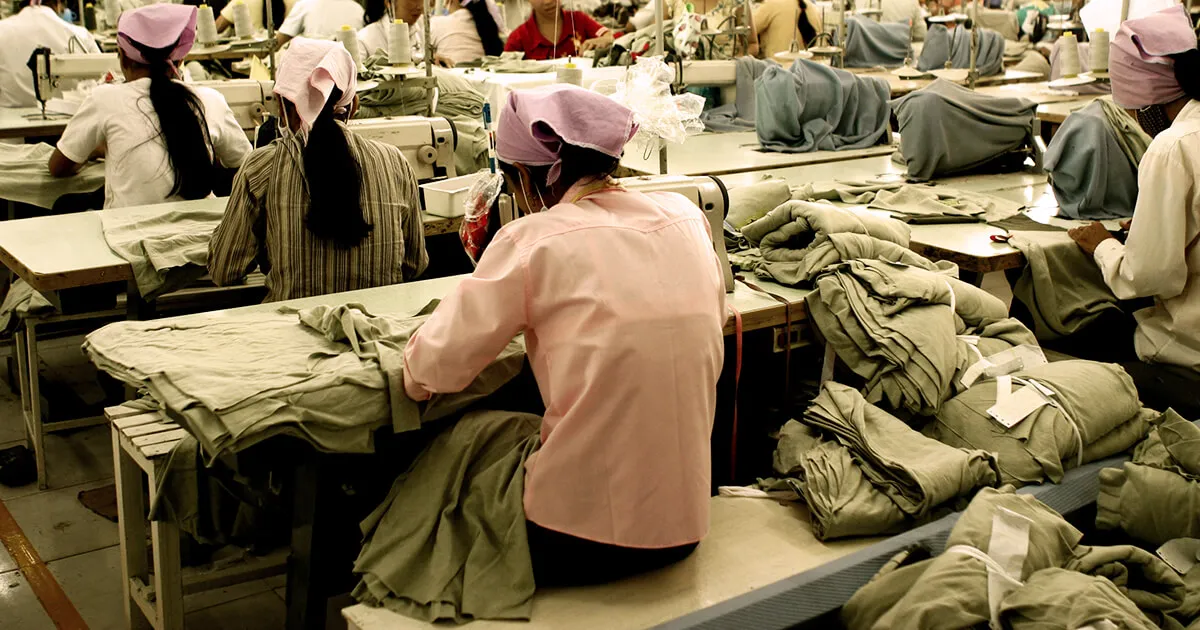Lessons From the Factory Floor
Can teaching better management skills improve the lives of workers?
April 12, 2017
Shutterstock/Paul Prescott
During Nick Bloom’s visits to India nine years ago, he discovered factory conditions straight out of a Charles Dickens story: rickety stairwells, fire hazards, and open machinery whirring at high speeds at a modern-day textile factory just outside of Mumbai.
“If you visit some factories in India, they’re terrifying,” said Bloom, the William Eberle Professor of Economics at Stanford.
Nicholas Bloom
He shared an experience of walking through a factory and resting his hand on what he thought was fabric.
“It turned out it wasn’t a piece of cloth, but equipment moving so fast it was a blur. It hurt so much, I thought I broke my hand.”
Conditions for workers were poor. Employees often received $5 a day for brutal 12-hour shifts, and accidents were commonplace. At one factory, Bloom learned of a worker whose leg was broken when a beam fell off a trolley due to a faulty restraining strap. Without sick pay, the man and his family became destitute. Yet despite the factory’s low wages, its profits were meager. It was a lose-lose situation.
Bloom set out to examine the impact that teaching better management skills at this sort of small, unregulated factory in the developing world would have on productivity as well as on workers’ health, safety, and wages. The groundbreaking study put him on a research path that he still follows today.
Many small factories provide the West with their clothes. | Shutterstock/Paul Prescott
To conduct his initial investigation, Bloom and his colleagues moved in 2008 to textile hub Tarapur, India, for two years. Using the precision of a medical researcher, Bloom and his co-authors created an interventional study for 28 factories. That’s no coincidence: His father is a scientist who conducts large-scale randomized control trials of drugs.
“I wanted to apply this same scientific rigor to the study of management,” Bloom said.
The research team randomly assigned 14 of the plants to an intervention group that received advice from an on-site consultant for five months and 14 to a control group, left to operate as usual. For follow-up, the team visited all 28 factories every month for more than a year.
The results were resounding. On average, firms that received consulting help cut their product defects by half, reduced inventory by 20 percent, and raised output by 10 percent. They also hired more workers and had fewer accidents.
Conditions improved dramatically at the factory where the worker’s leg was broken: The company became so successful that it opened a second factory and hired 100 additional weavers, attracting them from rivals by offering higher wages. Daily monitoring of cleanliness helped to avoid the buildup of oil and cotton around weaving machines, preventing fires and improving safety.
But a question has persisted for Bloom since he left Tarapur: Did the factories’ transformations last?
With the help of a grant from the Stanford Institute for Innovation in Developing Economies, also known as Stanford Seed, Bloom will return to India to find out.
Stanford Seed is an initiative led by Stanford Graduate School of Business that’s working to end the cycle of global poverty. Research grants like Bloom’s are awarded based on the belief that business is one of the most powerful engines to move developing economies into greater prosperity.
When Bloom returns to reassess the 28 factories in Tarapur, he has no idea what he will find, he said.
Workers at garment factory in Southeast Asia. | iStock/Liuser
“It’s like one of those science fiction films where they open up the long-disused spaceship and everyone is waiting to see what’s inside,” said Bloom.
The answers are not just academic — and neither is Bloom’s research. Multidisciplinary research like the kind that Seed supports can have a tremendous impact in shaping good economic policy, according to Bloom. For example, research-driven studies can help nongovernmental organizations make better-informed decisions about how to spend direct aid dollars. That’s similar to how private companies make decisions, Bloom noted.
“There’s no way a company would spend $20 million on an advertising campaign or $100 million on a cashew nut factory without doing any research first,” he said.
Yet hunch-driven decision-making happens all too often in the developing world, with aid going to reduce the symptoms of poverty, rather than its underlying causes. By looking at the bigger picture, the global research efforts of Seed can more effectively ease poverty and improve lives in the developing world.
“Seed is important in that it fills the gap in research,” Bloom said.
For media inquiries, visit the Newsroom.
Explore More
Pedro Siciliano, MBA ’24: Giving Teachers the Time to Teach

A Conversation with Interim Dean Peter DeMarzo

Stanford Impact Founder Awards Fuel Graduates’ High-Impact Ventures
